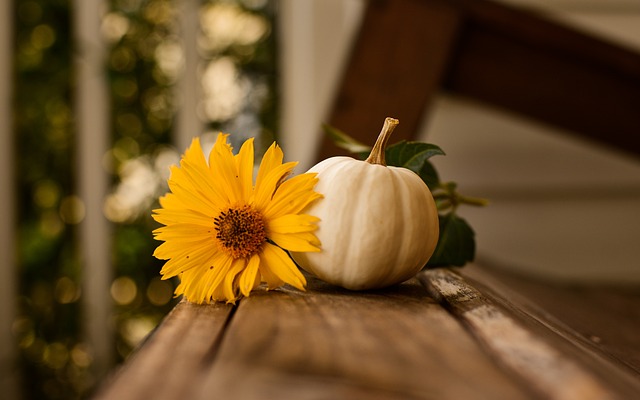In photography, we often talk about capturing a moment, freezing time. But equally important is guiding the viewer’s eye, creating a sense of presence, and revealing the scene layer by layer. This is where the art of Depth of Field comes in – a fundamental concept that allows us to control how much of the image, from front to back, appears sharp.
Think about how you perceive the world. You naturally focus on something specific, and the background fades away. Your eyes are constantly adjusting, creating layers of clarity and blur. Depth of Field is the photographer’s tool to replicate, exaggerate, or defy this natural process in a static photo.
At its core, Depth of Field is the range of distance within a photograph that is acceptably in focus. It’s determined by several factors involving your camera’s optics – primarily the aperture setting of your lens, but also your focal length and the distance between your camera and the subject. By manipulating these elements, you decide which planes of the scene are rendered with crisp detail and which melt into a pleasing blur.
This ability to control focus allows us to construct the image in distinct layers. A wide aperture (low f-number) creates shallow Depth of Field. This means only a very narrow slice of the scene will be sharp, effectively separating your subject into a clear foreground layer against a softly blurred background layer. This technique is perfect for portraits, isolating details, or simplifying a busy scene, drawing the viewer directly to your intended focal point. It adds a feeling of intimacy and focus.
Conversely, a narrow aperture (high f-number) produces deep Depth of Field, keeping a much larger portion of the scene sharp, potentially from the immediate foreground all the way to the distant horizon. This is often used in landscape photography or architectural shots where the goal is to show the full context, revealing many layers of the scene with equal clarity. It creates a feeling of expansive reality and detail.
Mastering Depth of Field isn’t just about technical settings; it’s about artistic choice. It’s about deciding which layers of your photo are essential to the story you’re telling. Do you want to isolate a delicate flower against a soft bed of green? Or do you want to show the vastness of a mountain range with the rocky foreground in equal detail? Your choice of Depth of Field directly impacts the visual hierarchy and the mood of the image.
Experiment with your camera settings. Pay attention to how changing your aperture transforms the image, revealing or concealing layers of detail. Understanding and utilizing Depth of Field is a crucial step in developing your photographic vision and adding tangible depth and meaning to your photography.



